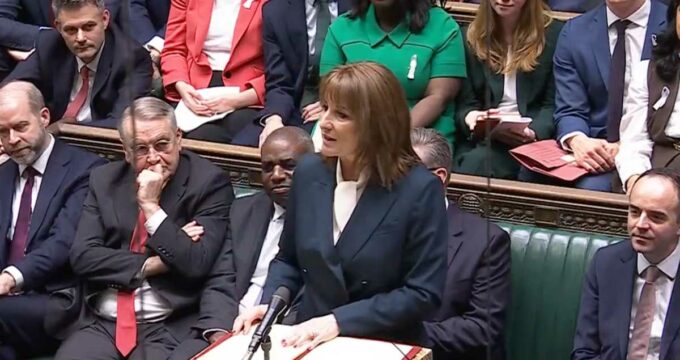UK higher education under pressure
After first easing controls on student head counts in 2012, the government moved to eliminate caps on undergraduate student numbers for English universities in 2015. The idea was to open up access for students and to allow for greater flexibility and innovation among institutions. Some years on, the policy is increasingly called into question as English universities continue to report on their financial results for 2017/18. A series of recent media reports highlight the growing deficits for a number of English universities this year. The Guardian, for example, reports that several institutions have already advised their staff to expect job cuts in 2019. “Universities are in the midst of reporting their financial results for 2017/18 and are monitoring student applications coming in for next year,” says the paper. “Several have been alarmed by the projections they are seeing before a 15 January deadline for undergraduates.” The situation is especially acute among less selective institutions. The University of Bradford, for example, reported a deficit of £11.7 million last year, which follows shortfalls of £3.4 million and £1.9 million over the previous two years. More broadly, Times Higher Education reports that as many as 19 English universities reported operating deficits in 2016/17, as compared to only seven that did so in 2015/16. These increasing pressures reflect in large part the growing competition for undergraduate students among English institutions. In a recent statement to The Guardian, the University of Gloucestershire said, “There is a demographic fall in the number of 18-year-olds in the population, which is affecting demand for higher education, the level of tuition fees universities are permitted to charge home undergraduate students is capped by the government, and there is increasing competition for recruitment.” English universities are now also looking ahead to the uncertainty of Brexit in 2019, and to the prospect of cuts or limits on domestic tuition fees following a funding review ordered by the government that will report its findings early in the new year. The possibility of a worst-case “no deal” Brexit – under which the UK could exit the European Union without a governing agreement with the EU – looms larger this week as Prime Minister Theresa May has struggled to build support for a negotiated exit package, and will now face a 12 December confidence vote in Parliament. Reflecting on the “no deal” scenario at a Universities UK (UUK) conference on 29 November, UUK Chief Executive Alistair Jarvis said, “A ‘no deal’ Brexit would have huge implications for universities in all corners of the UK, and prove enormously damaging for regional jobs, growth, and skills. EU staff and students at British universities, and UK staff and students at European universities, would be left facing huge uncertainty.” A related briefing paper from UUK points out that under the “no deal” scenario:
- “EU nationals entering the UK could be treated as third country nationals, subject to non-EEA immigration rules and requirements”; and
- “The UK’s ability to participate in Horizon 2020 and Erasmus+ could cease, because there would be no legal obligation for the UK to pay any financial settlement on exit.”
Recent admissions trends are already showing some softening of EU enrolments in the UK ahead of the country’s exit from the EU in March 2019. Over the longer term, foreign enrolments in the UK have essentially been flat for several years now. According to the Higher Education Statistics Agency, there were just over 440,000 foreign students in the UK in 2016/17. This represents just under 20%, or about one in five, of all higher education enrolments across the United Kingdom. Roughly 30% of those foreign students come from other EU countries, with the balance coming from outside the EU. These numbers are largely unchanged over the last five years, as reflected in the findings of a recent parliamentary report, which pointed out that between 2012 and 2015 the growth rate of international students in the UK was a slim 0.7% relative to growth rates in the US (22.5%), Canada (26.9%), and Australia (18%). And, as we reported earlier this year, the UK’s growth rate over the past two reporting years is lower than the US (3%), France (4.6%), Germany (5.5%), Russia (9%), China (10.5%), Japan (11.6%), Australia (13%), and Canada (20%). This relatively limited growth has sparked a growing chorus of analyses and position statements in recent months that all speak to the issue of the UK’s competitiveness in international education markets. Collectively, these groups within industry and government are calling for reforms in British visa policy, and for ambitious growth targets that can help maintain and build on the UK’s historically strong position in global education. For the moment, any downward pressure on foreign student numbers weighs heavily on English higher education as increasing numbers of institutions grapple with a challenging fiscal outlook and with intense competition to recruit students at home. For additional background, please see:
















